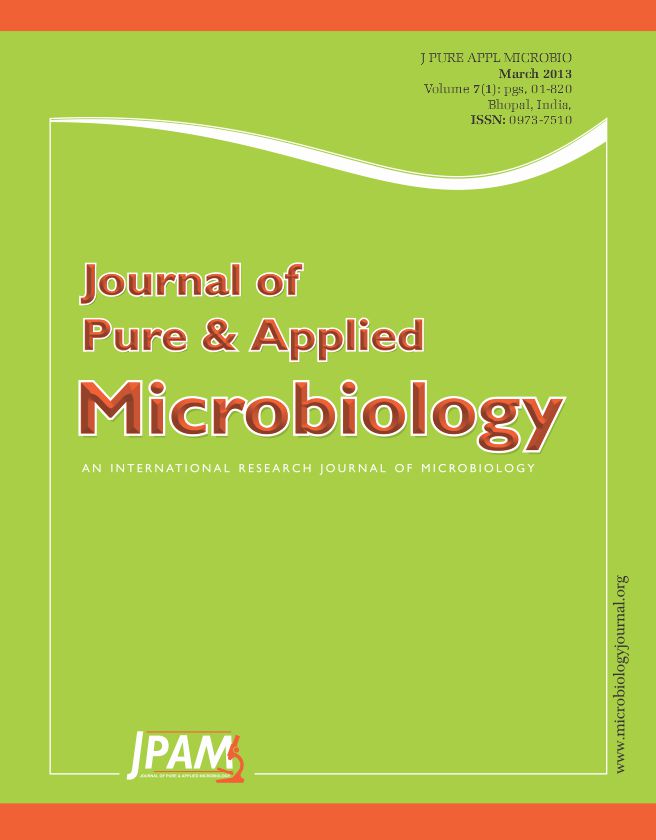The development of drug resistance in human pathogens against commonly used antibiotics has necessitated a search for alternative. The proper use of herbal drugs is one of the most important alternatives. In the present study we have evaluated the antimicrobial activity of twelve herbal and traditional drugs against 5 bacteria and 4 fungi. The sensitivity of microbes against selected drugs was determined by the agar well diffusion method and minimum inhibitory concentration (MIC) were noted for each sample. Among the tested drugs, Surficol showed no activity against any of the bacteria but was only active to fungi A. Parasiticus and C. Albicans. While Zubex was inactive to all fungi. The largest zone inhibition for the standard antibiotic Nilstat was measured against the bacterium E. coli, that is 32 mm. While for Ampiclox the largest zone of inhibition was 24 mm against E. Coli and B. Abortus. From the present observation it is suggested the selected drugs have great potential against microorganisms. Therefore, industries are encouraged to focus on the efficacy of herbal formulations instead of synthetic drugs.
Human pathogens, Allopathic, Unani, Homeopathic Drugs
© The Author(s) 2014. Open Access. This article is distributed under the terms of the Creative Commons Attribution 4.0 International License which permits unrestricted use, sharing, distribution, and reproduction in any medium, provided you give appropriate credit to the original author(s) and the source, provide a link to the Creative Commons license, and indicate if changes were made.


